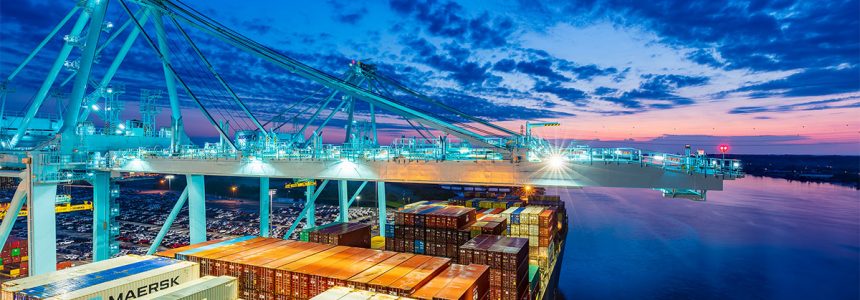News & Updates
Seaports Report Shows Florida’s Ports Poised for Recovery

The Florida Seaports Transportation and Economic Development Council (FSTED) recently released Seaport Mission Plan: Navigating Beyond the Pandemic, providing an in-depth data review of COVID-19’s impact, as well as forthcoming opportunities, for Florida’s 15 seaports.
In Case You Missed It:
Ports and Cruises Can Help Reset Florida’s Economy, Editorial (Florida Daily)
Florida ports are rebounding after COVID-19 plunge in cargo business (South Florida Sun Sentinel)
Prepared by FSTED as required by Florida Statute, this annual report provides data on cargo and cruise activities at Florida’s seaports, as well as updated international trade data for Florida.
“While most individual seaports experienced declines consistent with the overall trend for 2020, Florida’s 15 seaports are resilient, and we expect to see a near complete recovery in 2021,” said Michael Rubin, FSTED Program Administrator. “With $3.3 billion in capital improvements at Florida’s seaports identified over the next five years, we expect our ports to continue playing a leading role in job creation and economic growth.”
Highlights from the 2021 Seaport Mission Plan include:
- Waterborne trade value decreased 16.1 percent compared to 2019 – a drop off of $14.1 billion.
- Breakbulk cargo experienced an overall year-over-year increase, growing 8.8 percent to 7.8 million tons in 2020.
- South and Central America and the Caribbean remained as Florida’s top trade partner region, and accounted for a larger percentage of total trade in 2020 than in 2019.
- Japan topped China as Florida’s leading import trade partner country in 2020 for the second year in a row.
- While most individual ports experienced declines, Port Manatee, Port Tampa Bay and Port Panama City saw containerized cargo volume increases.
- With COVID-19 bringing cruise sailings to a halt in 2020, Florida’s 158,992 cruise-related jobs, and $8.1 billion in economic activity were severely impacted. However, fundamentals of the cruise industry remain strong and the combination of pent-up demand and widespread vaccinations are expected to result in a full long-term recovery of the industry.
Of the $3.3 billion in seaport capital improvements identified over the next five years, 70.7 percent ($2.3 billion) is slated for Atlantic coast seaports, with the remaining 29.4 percent ($972.8 million) are dedicated for Gulf coast seaports. The largest planned investments are for:
- Existing berth rehabilitation and repairs – 25.9%
- Cruise terminals – 20.3%
- Cargo terminals – 19.4%
- Channel and Harbor deepening – 8.9%
